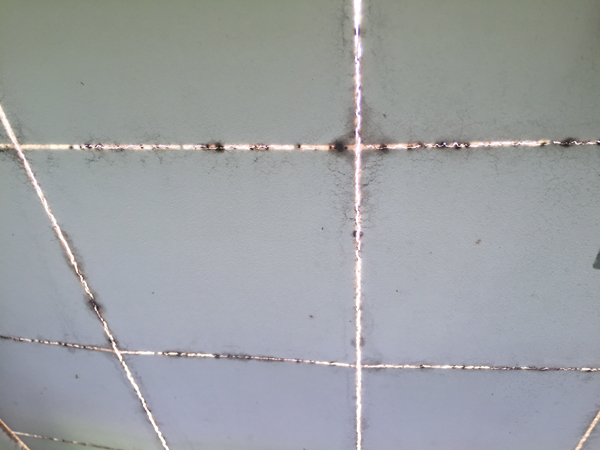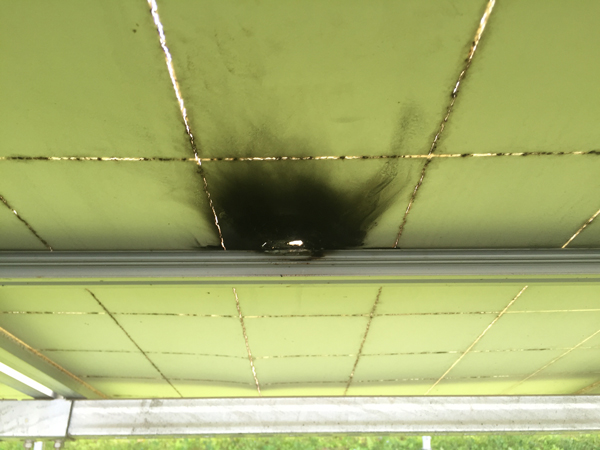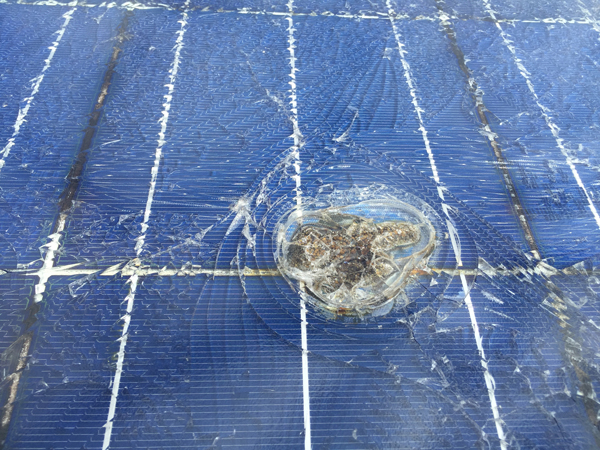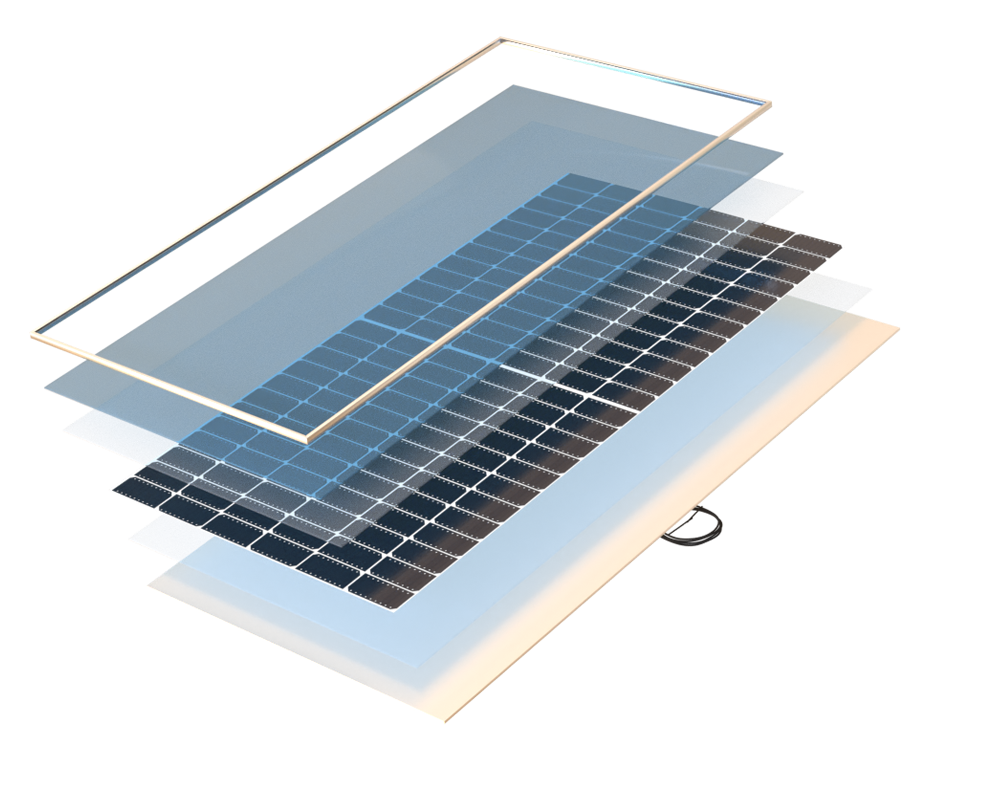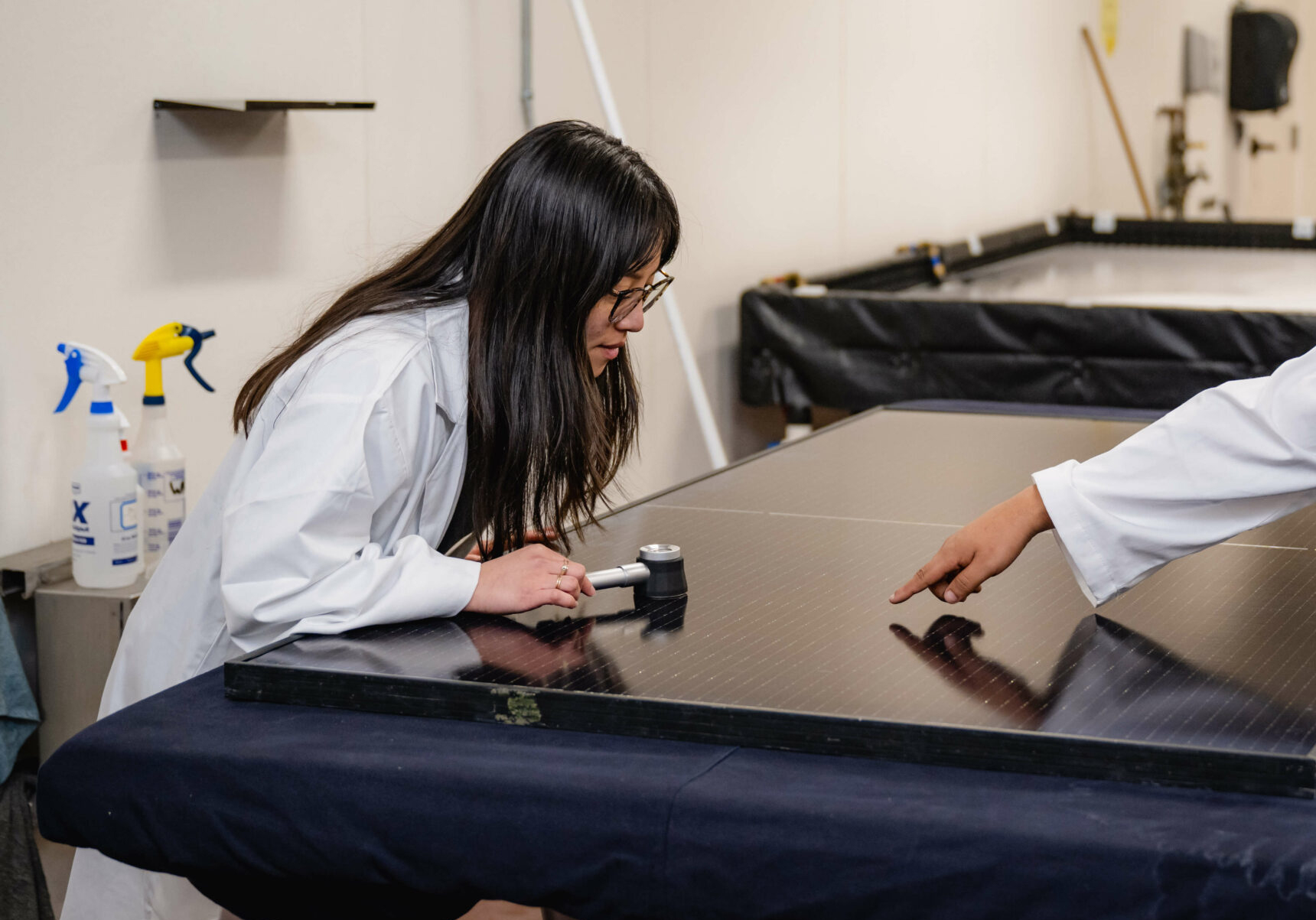PVEL’s Backsheet Durability Sequence (BDS) assesses vital reliability risks for backsheets including yellowing and polymer cracking. While backsheet cracking is certainly more concerning, yellowing can be a sign of material degradation that may ultimately lead to backsheet failure in extreme cases. UV exposure is the primary driver of polymer degradation, so backsheet durability is most important in high irradiance and high albedo conditions.
Backsheet cracks that allow moisture to enter a PV module can severely impact field performance and safety. Other signs of backsheet aging, such as yellowing and chalking (powder accumulation on the backsheet surface), are potential indications of material degradation. BDS utilizes high temperature and high humidity to stress the backsheet. UV light can break polymer chains in backsheets, resulting in degraded mechanical properties. Cyclic thermal stress allows for the full level of material degradation to be realized.

